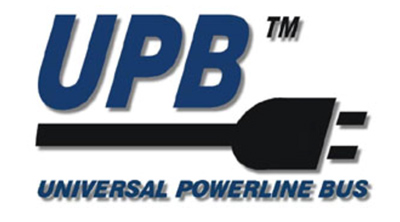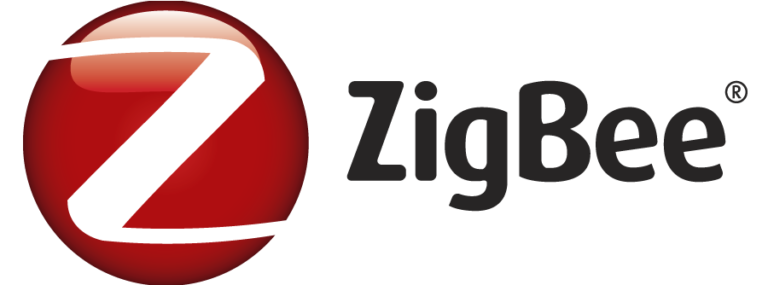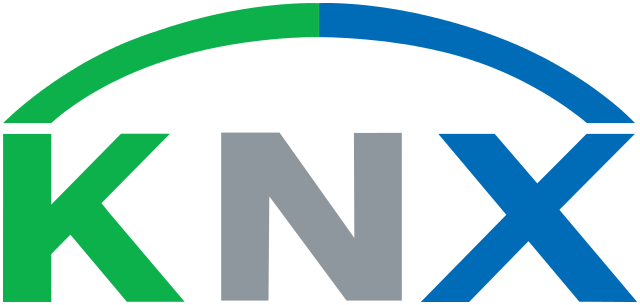Z-Wave
Z-Wave was developed by a Danish startup called Zensys. It is a proprietary wireless communications protocol specifically designed for the needs of remote control applications and therefore all kinds of home automation devices. While using a low-power wireless technology it supports the communication via a mesh structure which means that several Z-Wave devices also act…





